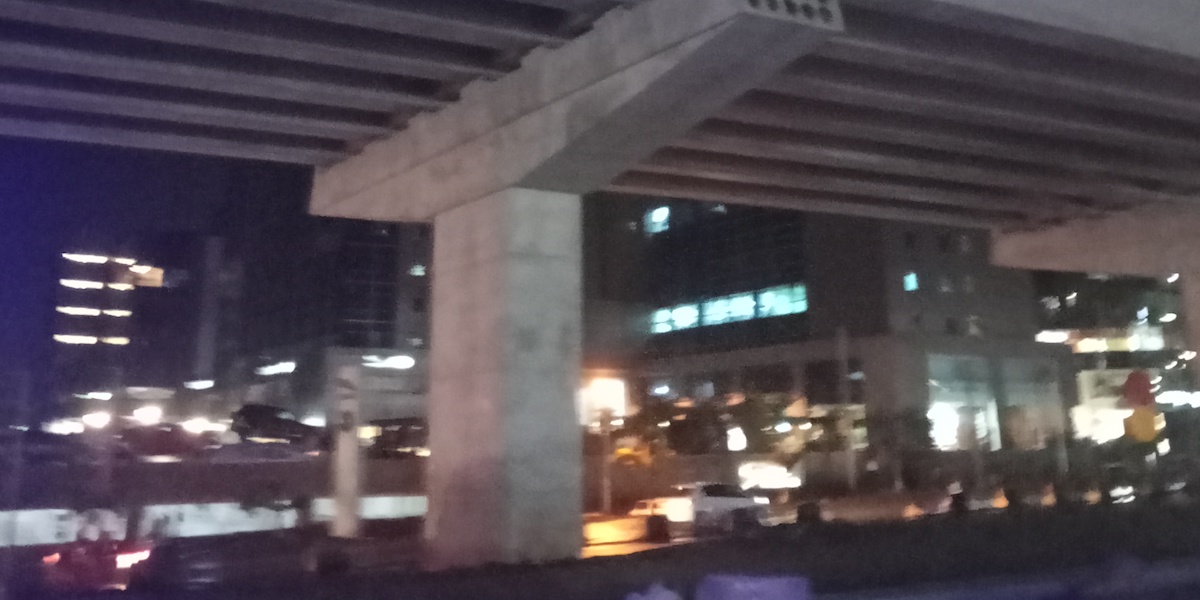
What is Unnecessary Noise?
- ,
- , Kamwangi Njue
The editing process determines what goes to the public archive and what’s left behind on our hard drives. What is a good quality recording? What is unnecessary noise?
I did a lot of recordings for the SOUND OF NAIROBI archive but this time my assignment was to listen to the recordings and prepare them for the entry into the archive, hours of different sounds recorded by different people in different parts of the city. I realize all share a common factor: noises of vehicles and motorbikes.
While this is caused by many different factors, like a city planning that favors – as in the case of Nairobi – the transport sector, the recordist needs to be aware of these challenges.
Where else do we record in a city if it’s not outside? Outside is mostly roads and traffic. Somehow, an SoN field recordist can’t escape the cravings of a flaneur. They walk as part of the city and they capture themselves in the space with the recorder.
Listening through the commuter chaos a lot of patterns emerge. These patterns can be unique rhythms created by different honking systems or the speed and flow changes of a traffic jam.
A recording of Jogoo Road, captures the mobility of the city – choruses of touts, that bus fare, those different stages and routes, spoken against a wall of traffic hum. This can be experienced in a lot of recordings.
In a night recording that captures the traffic, imagined headlights are speeding in the traffic flow, and then, imagined street lights everywhere and open businesses waiting for the curfew. It immerses you in an aural field of haste. If only you can get home.
Or that’s how you’d wish the recording to sound like. But listening back it is long, most parts with all kinds of interferences. And hearing to all these traffic sounds is cumbersome, always watching out for something unique, something that feels like it can be archive worthy.
I am listening back to a recording I made of home, the birds I tried to capture aren’t the only thing that catches my attention. The roar of planes from the near by aerodrome envelopes the recording together with voices of children playing, and again, the vehicles in the street. Doors banging and running taps all get enmeshed with the captured uncomfortable wind glitch that feels like a moth inside your ear. Surely, there’s no way I can have the wind disturbances in the archive.
Sound editing as an idea calls for results of at least something listenable. Isolating the overwhelming parts away in a bid to refuse the monotonous sounds and also in an attempt to keep the file short — as a protocol, I go for flawless seams that feeds the continuity of a recorded wave of sound.
However, some recordings don’t need all that. A recording in a drinking den in Kibera, details what I think a well recorded sound should be like. Is it the people talking too close to you and the motionless of the field recordist (which you can tell as there are no fleeting sounds captured,) that you imagine yourself lifting a glass and excitedly partaking in the discourse? A comfortable Ohangla tune can be heard as if it is sitting behind the story telling. You imagine being slapped back on your seat as part of all this that is playing out perfectly (in your ear).
© 2020 SOUND OF NAIROBI
